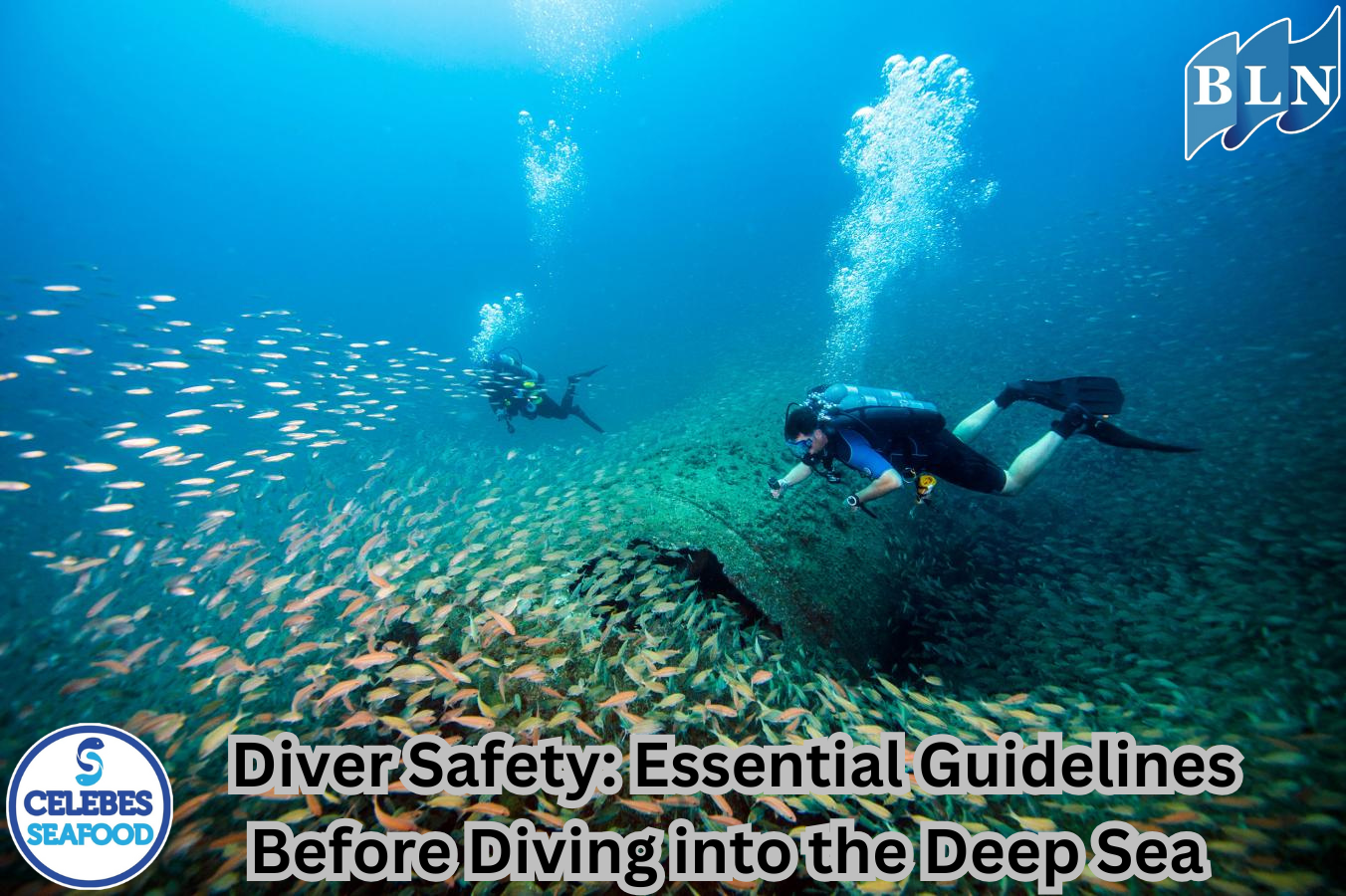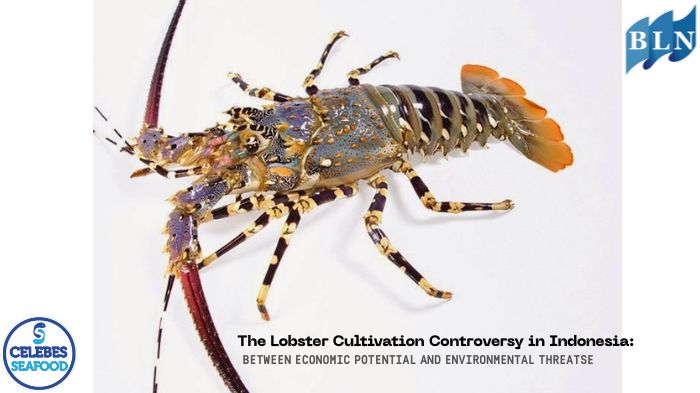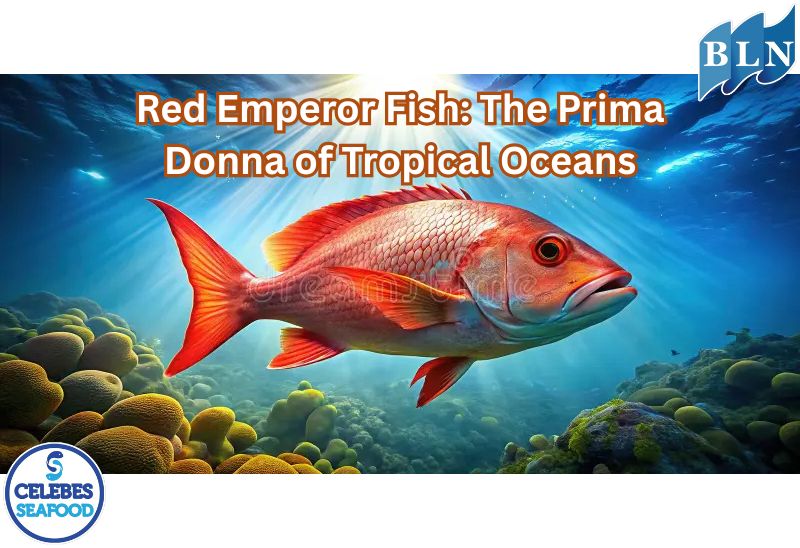The Ecological Role of Red Snapper in Coral Reef Ecosystems
By. Amma - 24 Jul 2025
lautnusantara.com Red snapper, or red snapper, are not only highly economically valuable fish, but also play a crucial ecological role in maintaining the health and balance of coral reef ecosystems. As predators and part of the food chain, their presence influences the population dynamics of other species and the community structure in this vital environment.
1. Controlling Prey Species Populations
As apex predators or mesopredators (mid-level predators) in coral reef ecosystems, red snapper prey on a variety of organisms. Their diet includes small fish, crustaceans (shrimp, crabs), mollusks, and worms. By preying on these species, red snapper helps regulate prey populations to prevent population explosions that could disrupt the ecosystem's balance. For example, if herbivore populations (algae-eating fish) become too numerous, they can damage coral growth. Red snapper helps keep herbivore numbers in check.
2. Maintaining Coral Health
Indirectly, red snapper contributes to the health of coral reefs themselves. By controlling the populations of certain herbivores, they help ensure that algae do not overgrow and smother the coral. Too much algae can stunt coral growth and even cause it to die, especially under conditions of climate change or pollution.
3. Energy Transfer in the Food Chain
As secondary or tertiary consumers, red snapper play a crucial role in energy transfer within coral reef ecosystems. They consume energy from lower trophic levels (prey species) and then become a food source for larger predators, such as sharks or certain marine mammals. This ensures efficient energy flow and maintains the stability of the complex food web on coral reefs.
4. Indicators of Ecosystem Health
The presence and abundance of red snapper populations are often used as indicators of the health of a coral reef ecosystem. A healthy and stable red snapper population indicates that the environment has sufficient food sources, good habitat structure, and low levels of pollution. Conversely, a drastic decline in red snapper populations may indicate ecological problems, such as overfishing, habitat destruction, or pollution.
5. Distribution of Nutrients and Biomass
Red snapper, like other large fish, also contributes to the distribution of nutrients and biomass in the ecosystem. By moving between feeding and sheltering areas, they help distribute nutrients to different parts of the coral reef. When they die, their bodies also return nutrients to the seabed, which can then be utilized by other organisms.
Given their vital ecological role, red snapper conservation and sustainable fisheries management are crucial. Maintaining red snapper populations means maintaining healthy coral reefs, which in turn supports marine biodiversity and the well-being of coastal communities that depend on them.
If you are interested in our Red Emperor Fillet Skin On, Red Snapper Fillet Skin On please do not hesitate to contact us through email and/or whatsapp.








